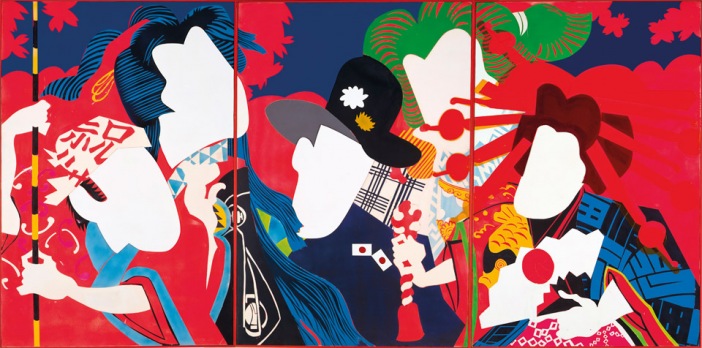This exhibition, I viewed at the Tate Modern back in September 2015.
Now as I recall, I had the preconception that this would be a Pop Art exhibition with your usual suspects: Andy Warhol, Roy Lichtenstein, Richard Hamilton, David Hockney et al. However the exhibition that ensued revealed more of how artists around the world, during the 1960’s and 1970’s responded to the Pop Art movement; which emerging from Britain in the early-1950’s had taken the western world by storm.

Richard Hamilton in 1957 listed the “characteristics of pop art” in a letter to his friends, architects Richard and Alison Smithson:
Pop Art is: Popular (designed for a mass audience), Transient (short-term solution), Expendable (easily forgotten), Low cost, Mass produced, Young (aimed at youth), Witty, Sexy, Gimmicky, Glamorous, Big business.
These characteristics could also be applied to The World Goes Pop. Through its eye-popping Tecnicolor creations, the exhibition is celebrating western consumer culture; while demonstrating a language that is universal, and becoming more and more relevant in society – The language of protest.
Above are a selection of works by some of the 65 artists that featured in the exhibition, exploring and in some cases explicitly the subjects of: politics, the body, domestic revolution, consumption, public protest and folk. Interestingly some of the works were produced in countries that, in opposition to the Iconography of the American Dream, advertising and mass media; were under Communist rule and yet to experience the consumerist boom.
One of the other things I noticed about the exhibition, was the presentation of women. Because, while some of the most famous works of Pop Art have made use of the female image; female artistic visibility has always been underwhelming, and dominated by white Western men. By the inclusion of works by 25 female artists I think it helped to put to sleep once and for all, the idea of Pop Art being a realm of men.